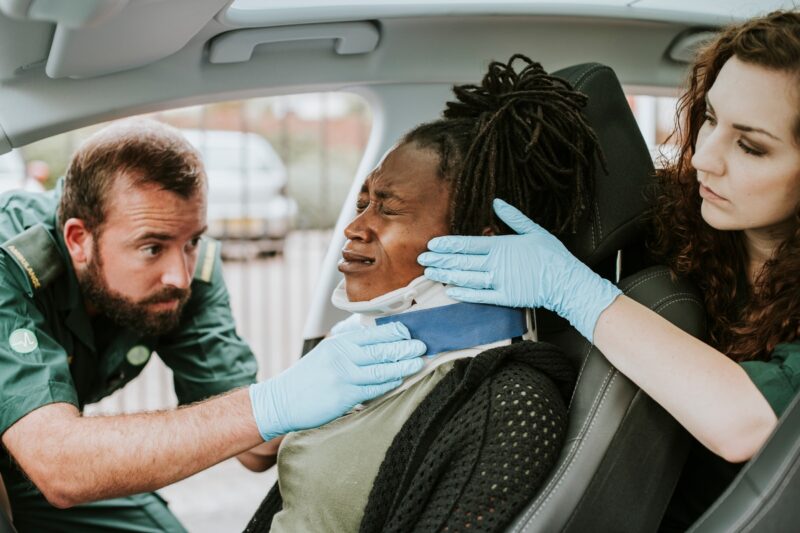Understanding Common Injuries Chiropractic Care Can Address After a Vehicular Accident

Road accidents, whether small scrapes or major crashes, can cause physical effects that linger long after the incident. While some injuries are immediately apparent, others may not become apparent for hours or even days, causing discomfort, reduced mobility, and potentially leading to long-term complications if left untreated. Chiropractic care is often sought as part of a comprehensive recovery plan for accident-related injuries. Clinics such as Elledge Chiropractic work within this scope, aiming to address musculoskeletal issues and support the body’s natural healing process.
Whiplash and Neck Injuries
A whiplash motion can strain muscles, ligaments, and tendons in the neck, leading to stiffness, headaches, dizziness, and difficulty turning the head. Chiropractic care for whiplash typically involves gentle adjustments, soft tissue therapy, and exercises to restore mobility and reduce inflammation.
Neck injuries may also include cervical spine misalignments or nerve irritation. If left unaddressed, these issues can contribute to chronic discomfort and impaired range of motion.
Back Pain and Spinal Misalignments
The force from an accident can place immense stress on the spine, causing vertebrae to shift out of alignment or resulting in disc-related problems. Patients may experience localized soreness, shooting pain, or muscle spasms.
Chiropractors often assess the spine for structural changes, identify pressure points, and use targeted adjustments to alleviate nerve compression and restore proper alignment. Correcting spinal misalignments may help prevent secondary complications such as posture issues or radiating pain down the legs.
Soft Tissue Injuries
In the aftermath of vehicular collisions, damage to the body’s soft tissues—comprising muscles, ligaments, and tendons—can arise insidiously, presenting as contusions, sprains, or microtears. Such impairments may incite inflammation, fibrosis, and protracted discomfort. Without judicious intervention, these lesions can precipitate functional debility, restrict mobility, and foster chronic musculoskeletal derangements, thereby undermining the body’s biomechanical equilibrium and natural reparative capacity.

Headaches and Concussion-Related Tension
Headaches after an accident often arise from whiplash, pulled muscles, or pinched nerves in the neck and upper back. While chiropractic care cannot treat a concussion directly, it can address tension-related headaches stemming from musculoskeletal issues. By improving spinal alignment and reducing muscle tightness, chiropractic techniques may help alleviate headache frequency and intensity.
Shoulder and Joint Problems
The force of a crash can harm the shoulders, hips, or knees—especially if the body is thrust against a seatbelt, steering wheel, or door. Dislocations, rotator cuff injuries, and joint sprains may occur. Chiropractors often assess joint movement and function, applying gentle mobilization techniques to restore range of motion and reduce swelling.
Importance of Timely Assessment
Many post-accident injuries are not immediately obvious, which is why timely evaluation is essential. Early detection allows for a more effective treatment plan and can prevent minor issues from escalating into chronic pain or long-term disability. Chiropractic care often works in conjunction with other medical treatments, forming part of a multidisciplinary approach to recovery.
Conclusion
Recovering from a vehicular accident often requires more than rest and pain medication. Injuries such as whiplash, spinal misalignments, soft tissue damage, and joint strain can benefit from targeted, non-invasive care that addresses underlying causes rather than just symptoms. For individuals seeking to incorporate chiropractic techniques into their rehabilitation, providers like Elledge Chiropractic may form part of a broader strategy aimed at restoring mobility, reducing discomfort, and supporting overall recovery.






